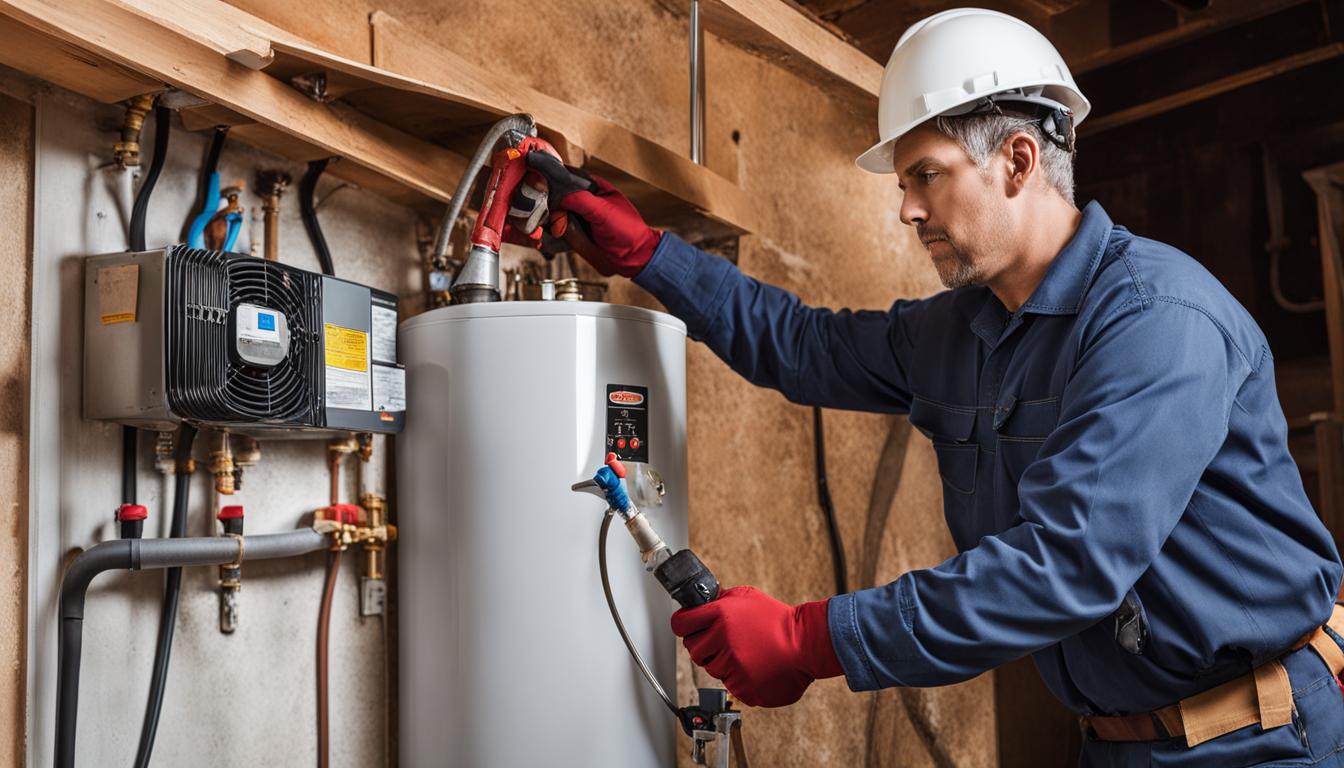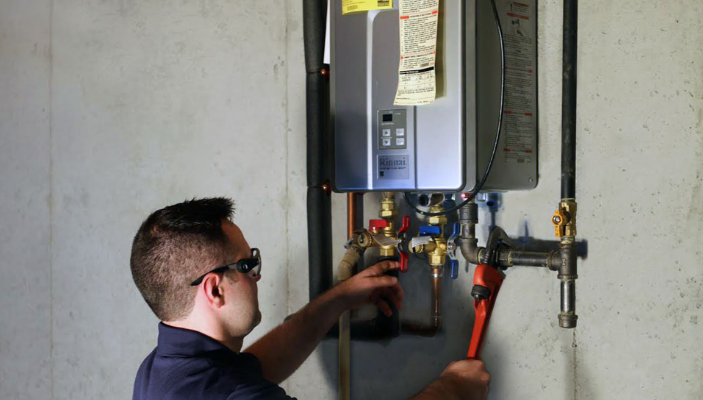Steps to Prolong the Life of Your Home's Hot Water System Through Maintenance
Start NowWhat're your opinions on Tips For Maintaining Your Hot Water Heater?

Warm water is essential for day-to-day comfort, whether it's for a refreshing shower or cleaning recipes. To ensure your warm water system runs successfully and lasts much longer, normal upkeep is essential. This article provides useful pointers and understandings on just how to maintain your home's warm water system to stay clear of interruptions and expensive repair services.
Introduction
Maintaining your home's hot water system could seem daunting, yet with a couple of basic steps, you can ensure it operates smoothly for many years ahead. This guide covers everything from understanding your warm water system to DIY upkeep pointers and understanding when to hire expert aid.
Relevance of Keeping Your Hot Water System
Routine maintenance not just prolongs the life expectancy of your warm water system but also guarantees it operates successfully. Disregarding maintenance can lead to reduced effectiveness, higher power expenses, and also early failure of the system.
Signs Your Hot Water System Demands Maintenance
Understanding when your hot water system needs attention can avoid major issues. Look out for indications such as irregular water temperature, strange sounds from the heating system, or rusty water.
Comprehending Your Warm Water System
Before diving right into maintenance tasks, it's valuable to comprehend the fundamental parts of your hot water system. Usually, this consists of the hot water heater itself, pipelines, anode poles, and temperature level controls.
Monthly Maintenance Tasks
Normal monthly checks can assist catch minor concerns prior to they escalate.
Purging the Water Heater
Purging your hot water heater gets rid of sediment build-up, improving effectiveness and extending its life.
Monitoring and Changing Anode Rods
Anode poles avoid corrosion inside the storage tank. Evaluating and changing them when worn out is important.
Evaluating and Changing Temperature Level Setups
Changing the temperature level setups ensures ideal efficiency and safety.
DIY Tips for Upkeep
You can carry out numerous upkeep jobs yourself to keep your warm water system in leading problem.
Looking for Leakages
Routinely examine pipes and links for leaks, as these can result in water damages and greater bills.
Checking Stress Alleviation Valves
Testing the pressure safety valve ensures it works correctly and prevents excessive stress build-up.
Insulating Pipes
Insulating warm water pipelines decreases warmth loss and can conserve energy.
When to Call a Specialist
While do it yourself upkeep is beneficial, some issues require expert know-how.
Facility Issues Requiring Expert Aid
Instances consist of significant leaks, electrical troubles, or if your hot water heater is constantly underperforming.
Routine Professional Maintenance Benefits
Specialist maintenance can consist of detailed examinations, tune-ups, and making sure conformity with safety and security standards.
Conclusion
Normal maintenance of your home's hot water system is important for effectiveness, long life, and expense savings. By complying with these tips and knowing when to seek specialist assistance, you can make certain a reliable supply of warm water without unanticipated disruptions.
How to Maintain an Instant Hot Water Heater
Before tinkering with your hot water heater, make sure that it’s not powered on. You also have to turn off the main circuit breaker and shut off the main gas line to prevent accidents. Also turn off the water valves connected to your unit to prevent water from flowing into and out of the appliance. 2. When you’re done, you have to detach the purge valves’ caps. These look like the letter “T†and are situated on either side of the water valves. Doing so will release any pressure that has accumulated inside the valves while at the same time avoid hot water from shooting out and burning your skin. 3. When the purge valves’ caps are removed, you have to connect your hosing lines to the valves. Your unit should have come with three hoses but if it didn’t, you can purchase these things from any hardware or home repair shops. You can also get them from retail stores that sell water heating systems. Read the user’s manual and follow it to complete this task properly. When the hosing lines are connected, open the purge port’s valves. 4. You should never use harsh chemical cleaners or solutions when cleaning your unit. Make use of white vinegar instead. It should be undiluted and you’ll probably use about 2 gallons. 5. Now flush your water heater. This task should probably take about 40 minutes. We can’t give you specific directions for this because the procedure is carried out depending on the type, model and brand of your heater. With that being said, refer to the user’s manual. 6. When you’re done draining the unit, you have to turn off the purge port valves again. Remove the hosing lines that you earlier installed on each of the water valves. Put the valve caps (purge port) back in their respective places and be very careful so as not to damage the rubber discs that are found inside these caps. 7. Now that everything’s back in place, check your user’s manual again to find out how to reactivate your water heating system. 8. Once it is working, turn one of your hot water faucets on just to let air pass through the heater’s water supply pipes. Leave the tap on until water flows smoothly out of it. https://www.orrplumbing.com/blog/2014/september/how-to-maintain-an-instant-hot-water-heater/

As a person who reads about How to Maintain Your Water Heater & Prolong its Life, I imagined sharing that topic was a smart idea. Those who appreciated our page kindly be sure to share it. Thank you so much for going through it.
Set Up An Appointment